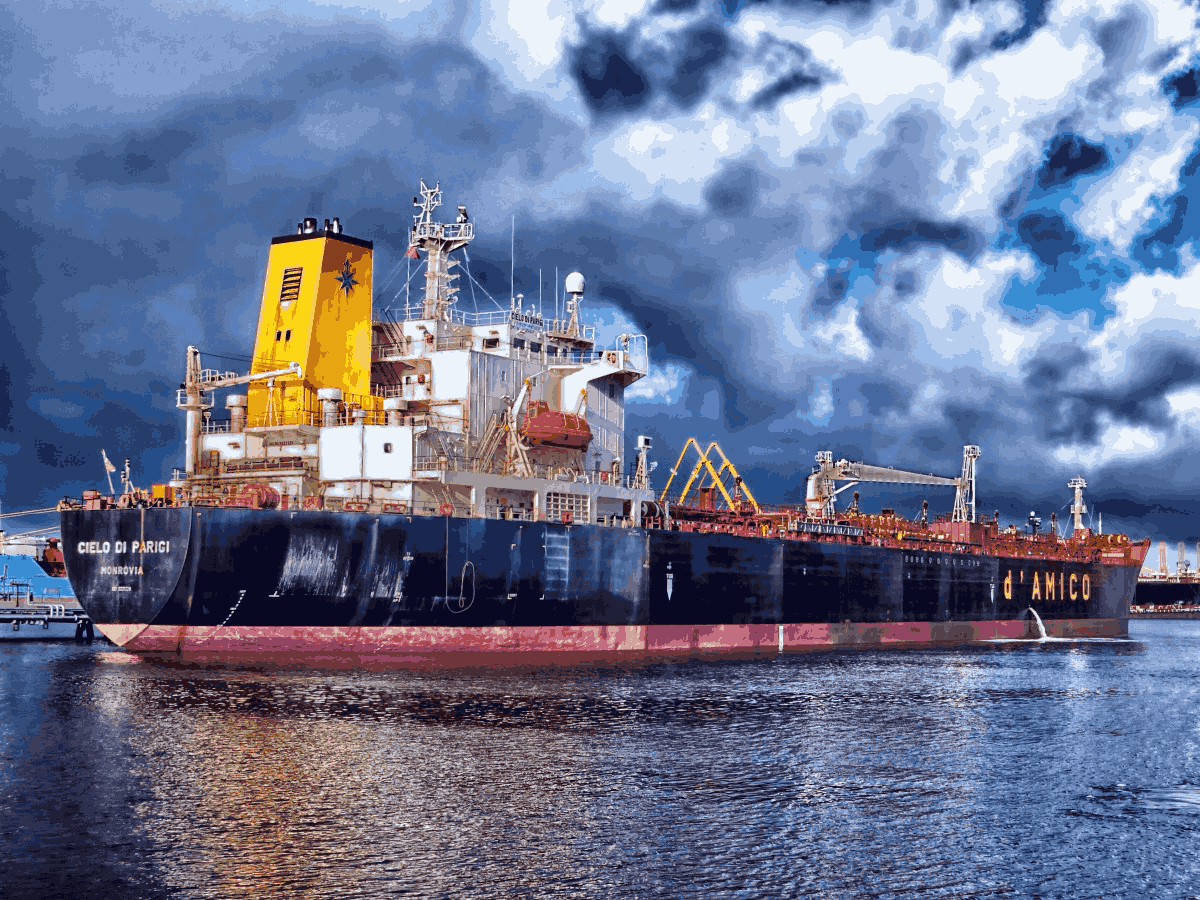A Comprehensive Guide to Maritime Safety Information (MSI): Sources and Onboard Processing
Effective communication at sea is essential for the safety of maritime operations. Maritime Safety Information (MSI) plays a critical role in this, providing navigational warnings, meteorological data, and other critical updates to ensure the safety and efficiency of ships. But how exactly is MSI disseminated, and how do ships process this information onboard? This blog dives into the primary MSI sources and explains the onboard systems that make it all possible.
What is Maritime Safety Information (MSI)?
Maritime Safety Information refers to navigational and operational updates broadcast to ships to promote safe maritime travel. MSI typically includes:
- Navigational warnings
- Weather forecasts
- Search and rescue information
- Notices about hazards or disruptions
This lifesaving information is transmitted through a range of reliable systems, ensuring global coverage and accessibility for all vessels. Below, we’ll explore the key MSI sources and how they function.
Key MSI Sources
1. Navtex (Navigational Telex)
Navtex is one of the most widely used systems for broadcasting MSI to ships operating near coasts. This system relies on regional radio transmitters and automatic onboard receivers to deliver updates in real time.
- How It Works:
Navtex operates on medium frequencies, with a default of 518 kHz for English-language broadcasts. Some countries also use 490 kHz for national-language messages, while 4209.5 kHz is employed where medium frequency reception is challenging.
- Global Coverage:
The world is divided into 21 NAVAREAS (including five NAVAREAS introduced for the Arctic region). Each NAVAREA contains multiple Navtex stations to ensure comprehensive coverage for coastal areas.
- Customizable Settings:
Modern Navtex receivers allow navigation officers to program them to receive information from specific stations or regions. This customization reduces unnecessary information and helps ships focus on what’s relevant to their route.
2. Inmarsat Enhanced Group Call (EGC) System
The Inmarsat satellite system offers global MSI coverage by transmitting alerts to ships equipped with compatible satellite terminals, such as an Inmarsat C terminal.
- Features:
- Operates via satellite, making it ideal for ships navigating far from shore where Navtex signals cannot reach.
- Provides real-time weather and safety updates across extensive regions.
- How It Works:
Ships must program their EGC terminals for effective MSI reception. Key settings include:
-
-
- Position Updates: Ensuring the terminal is “logged on” to the appropriate satellite.
- Message Filters: Selecting specific message types and relevant coastal areas.
- NAVAREA Preferences: Identifying the relevant regions for updates, using guidance from the Admiralty List of Radio Signals (ALRS) Vol. 5. This publication provides maps of satellite coverage, NAVAREAs, and transmission schedules for EGC messages.
-
3. World-Wide Navigational Warning Service (WWNWS)
The WWNWS, established by the International Hydrographic Organization, alerts mariners to dangers in coastal waters and other specific regions.
- Broadcast Medium:
The WWNWS typically uses MF (Medium Frequency) radio for dissemination, ensuring ships in coastal zones can receive the warnings without relying on satellite technology.
- Collaborative Coverage:
The WWNWS involves a network of broadcasting stations, ensuring complete and overlapping coverage for all maritime regions.
4. Local Notices to Mariners (LNM)
Unlike Navtex or satellite-based systems, Local Notices to Mariners are issued by local authorities and provide region-specific MSI.
- Purpose:
LNMs cover smaller areas, focusing on navigational hazards, temporary changes to navigational aids, or localized weather conditions not covered by global systems.
- Examples:
An LNM might alert vessels to dredging operations in a harbor or temporary closures of certain shipping lanes.
How MSI is Processed Onboard Ships
Timely and accurate processing of MSI is essential for ensuring its efficacy. Here’s a closer look at how ships handle MSI from the systems we’ve discussed.
1. Navtex Processing
Navtex onboard systems are built to simplify the reception and categorization of information.
- Default Frequency: Navtex receivers are pre-tuned to 518 kHz for international MSI broadcasts.
- Station Selection: Navigators can customize receivers to source MSI only from selected stations within their NAVAREA. This ensures information remains relevant to the ship’s operating area.
- Multifrequency Options: For regions where medium frequencies face difficulties, frequencies such as 4209.5 kHz can be used for enhanced reception.
2. EGC System for Satellite MSI
Ships equipped with EGC terminals must program them carefully to maintain seamless reception.
- Position Settings: Terminal positions and updates must match the vessel’s current location.
- Satellite Log-On: The terminal must be logged onto the proper satellite covering the ship’s operating region.
- Message Filters: Systems allow navigators to reduce information overload by selecting only the message types and NAVAREAs relevant to their operations.
Referring to the Admiralty List of Radio Signals (ALRS) Vol. 5 ensures all settings are aligned with updated schedules and coverage areas.
3. WWNWS and MF Radio
For MSI delivered via the WWNWS, the ship’s radio receivers are tuned to medium frequencies to capture regional navigational warnings. These systems are especially useful when closer to coasts or in busy shipping channels.
4. Local Notices to Mariners
Most LNMs are manually distributed in digital or physical formats by harbor authorities. Ship navigators incorporate these updates into voyage plans to avoid hazards or disruptions.
Why Efficient MSI Systems are Critical
Timely and reliable MSI has a direct impact on:
- Safety: Prompt delivery of navigational warnings reduces the risk of collisions and grounding.
- Operational Efficiency: MSI ensures that delays caused by hazards or adverse conditions are minimized.
- Cost-Effectiveness: Accurate information helps ships avoid fuel wastage caused by inefficient routing or unscheduled stops.
- Compliance: Adherence to SOLAS (Safety of Life at Sea) requirements mandates access to up-to-date MSI for international voyages.
Future of MSI Systems
With advancements in AI and big data, MSI systems are becoming smarter and more intuitive. Innovations in real-time processing, data visualization, and user interfaces will further empower maritime operations.
Stay Ahead with Optimized MSI Systems
Whether navigating local routes or voyaging across oceans, reliable MSI reception and processing are non-negotiable for maritime safety. By leveraging Navtex, satellite solutions like EGC, and localized notices, ships can operate with confidence and efficiency.
Understanding and optimizing MSI systems onboard is an ongoing responsibility. Mariners must stay informed and ensure that their equipment is always up to date to maximize the benefits of these systems.

